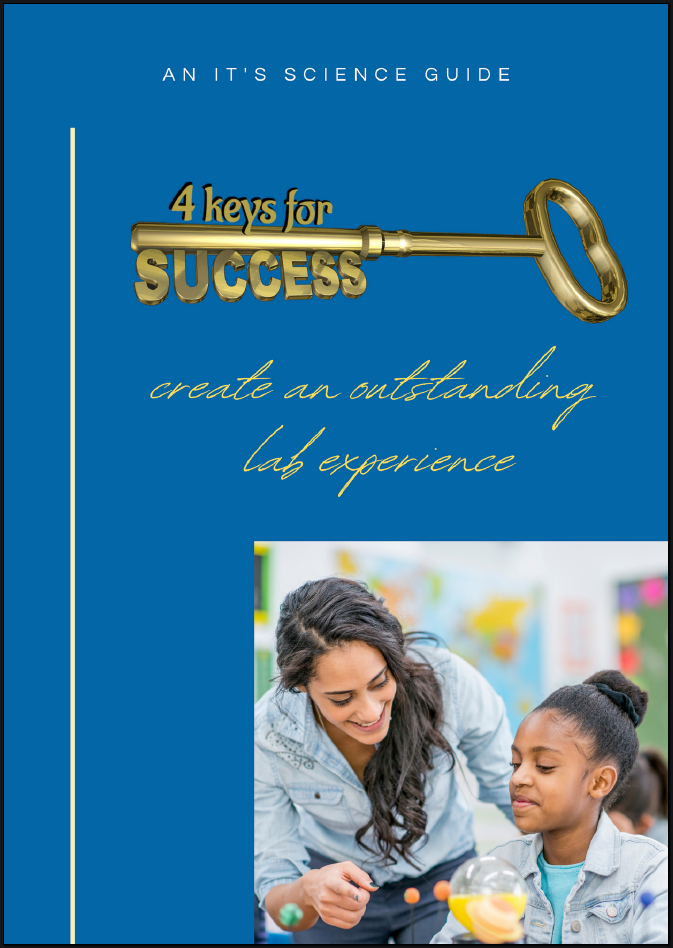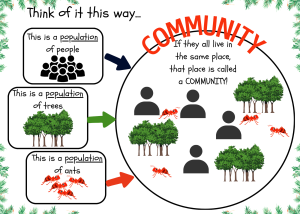Introduction
Teaching is a noble and rewarding profession, but it comes with more than its fair share of challenges and stressors. As an educator you find yourself juggling multiple responsibilities, managing diverse classrooms, and dealing with the pressures of curriculum changes. Reducing your stress levels is vitally important.
In order to keep your well-being and provide the best learning experience for your students, you need effective strategies for minimizing stress in the work environment.
This post presents five key techniques tailored to teachers, although they are applicable to anyone looking to manage stress.
1. Time Management and Prioritization
Effective time management is critical for teachers to maintain a balanced workload and prevent burnout. You can start by creating a daily or weekly schedule that divides specific time blocks for lesson planning, grading, meetings, and personal activities.
Prioritization is equally important – you must identify those tasks that must be completed immediately versus those that can be put off. You can create a healthier work-life balance by setting clear boundaries for yourself on work hours and adhering to them.
- Eisenhower Matrix (https://luxafor.com/the-eisenhower-matrix/)
- Pareto Principle (https://www.spica.com/blog/the-pareto-principle-in-time-management & https://www.time-management-success.com/80-20-rule.html)
2. Mindfulness and Relaxation Techniques
Practicing mindfulness can greatly reduce your stress levels and raise your emotional well-being. You should take short breaks during the day to engage in deep breathing exercises or mindfulness meditation.
What!? What time? Yes, there are moments and times to work these practices in. And, they don’t have to take a long time. Some can even be done while you are under a stressor.
These techniques and practices will help you reset your mind, increase focus, and alleviate tension.
Mindfulness can also be incorporated into classroom activities, fostering a positive and calming atmosphere for you and your students.
Progressive muscle relaxation* and guided imagery techniques can effectively manage stress during particularly challenging moments.
Check these out…
- https://youtu.be/bLpChrgS0AY
- https://youtu.be/GjkwrVi_Lj0
- https://www.youtube.com/watch?v=PxjxY9VilCs
- https://www.youtube.com/watch?v=ssss7V1_eyA mindfulness meditation
* Progressive muscle relaxation is a technique where you work to relax one body area before proceeding to another. If applied to your entire body, the result is a great feeling of calm and relaxation.
3. Effective Classroom Management Strategies
If you have taught for a year or two, you know that a well-managed classroom decreases stress levels for you… and your students.
Taking the initiative with classroom management strategies, such as establishing clear rules and expectations, maintaining consistency in discipline, and using positive reinforcement, creates an environment that minimizes disruptions and allows educators to focus on teaching.
When you feel in control of your classroom, you experience reduced stress and improved satisfaction for a job well done.
- https://youtu.be/FeqW3nm9Gnw
- https://youtu.be/sEQKFmBfBcU
4. Collaboration and Support
Teachers should not feel isolated in their roles. So, building a supportive network with colleagues allows for the sharing of ideas, strategies, and problem-solving approaches.
Team meetings should provide opportunities to discuss challenges and brainstorm solutions. And, a supportive administration adds to a supportive environment by offering mentorship programs, professional development opportunities, and open lines of communication.
When you feel a part of a community that understands and empathizes with your challenges, that goes a long way toward reducing stress.
- https://www.edutopia.org/article/5-effective-ways-support-teacher-collaboration
- https://blog.planbook.com/teacher-support-systems/
5. Healthy Lifestyle Choices
A healthy lifestyle is the foundation of effective stress management. Though it may seem impossible considering your heavy workload, you need to prioritize physical activity, a balanced diet, and sufficient sleep.
- Regular exercise releases endorphins that naturally combat stress and improve mood.
- A diet rich in nutrients provides the building blocks for maintaining and developing the energy needed to live a healthy life and reduce stress.
- Adequate sleep ensures mental clarity and emotional toughness. Additionally, hobbies and interests outside of work help you unwind and recharge.
If you have read through these 5 steps or glanced at the headings for each, and the thought comes to your mind “I already know this!” My response would be, “You may already know this. But, have you put these steps into practice? And, do you apply one or more of them consistently?”
It is one thing to know and another to do.
Conclusion
You know firsthand that teaching is a vigorous profession that requires dedication, patience, and adaptability. While stress is an inescapable part of any job, teachers can take proactive steps to manage it effectively.
The techniques outlined in this post – time management, mindfulness, classroom management, collaboration, and healthy lifestyle choices – offer practical approaches to reducing stress for any teacher.
By incorporating these strategies into your daily routines, you can cultivate a more balanced and fulfilling professional life, which benefits both you and your students.
Remember, managing stress is about being a better teacher and leading a healthier and happier life. Yet, all of the best advice in the world is useless unless you decide to better yourself.
Here is a guide that’s sure to reduce stress for science teachers on lab day…








